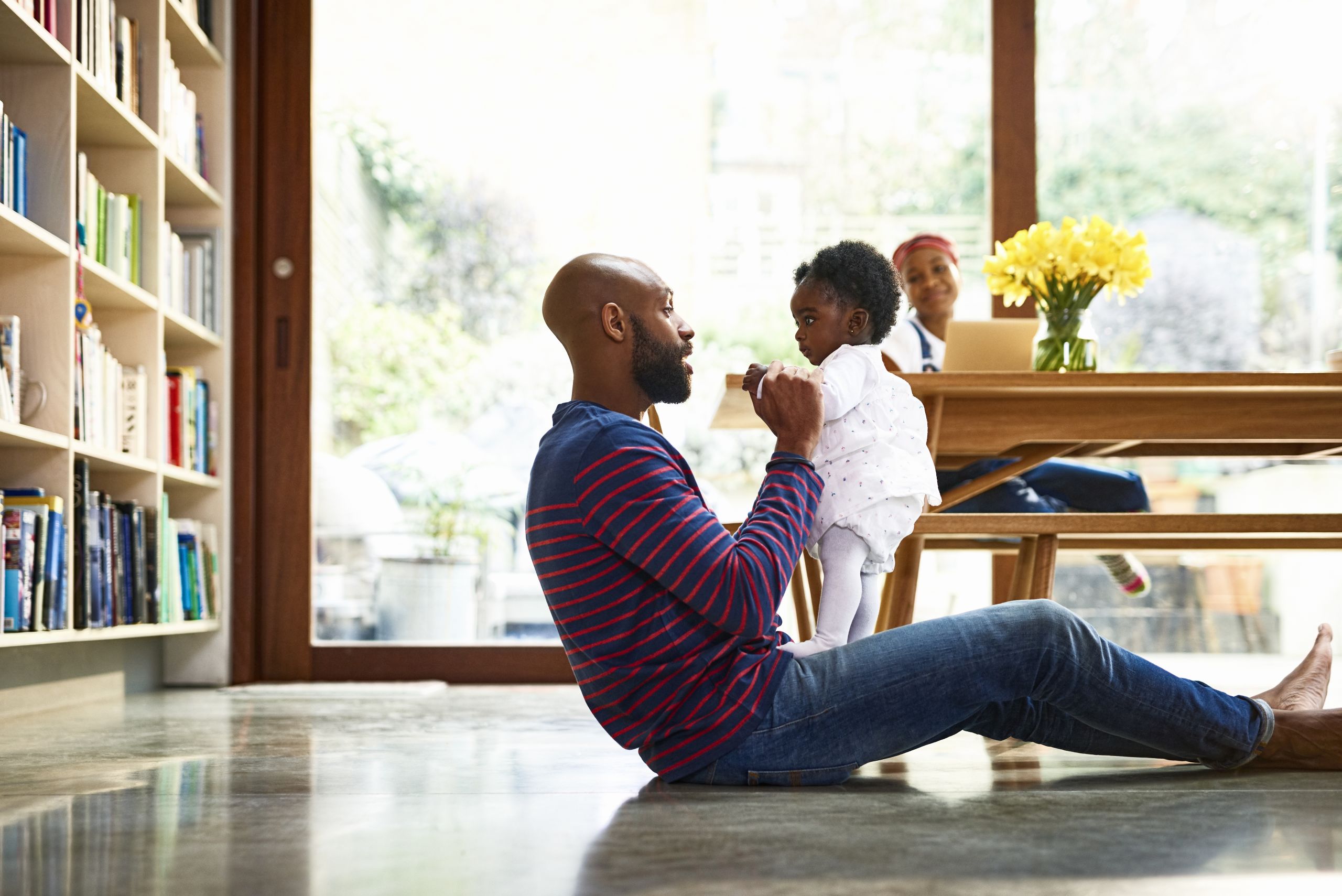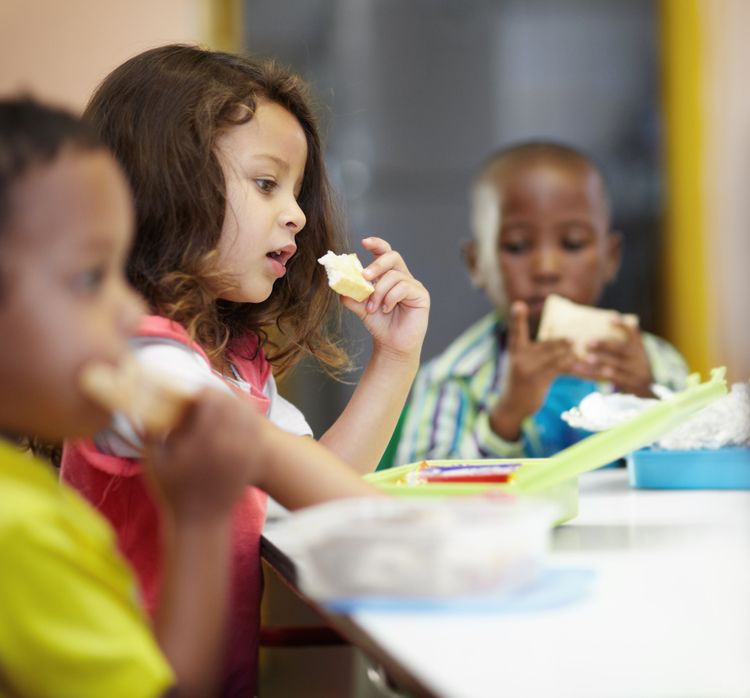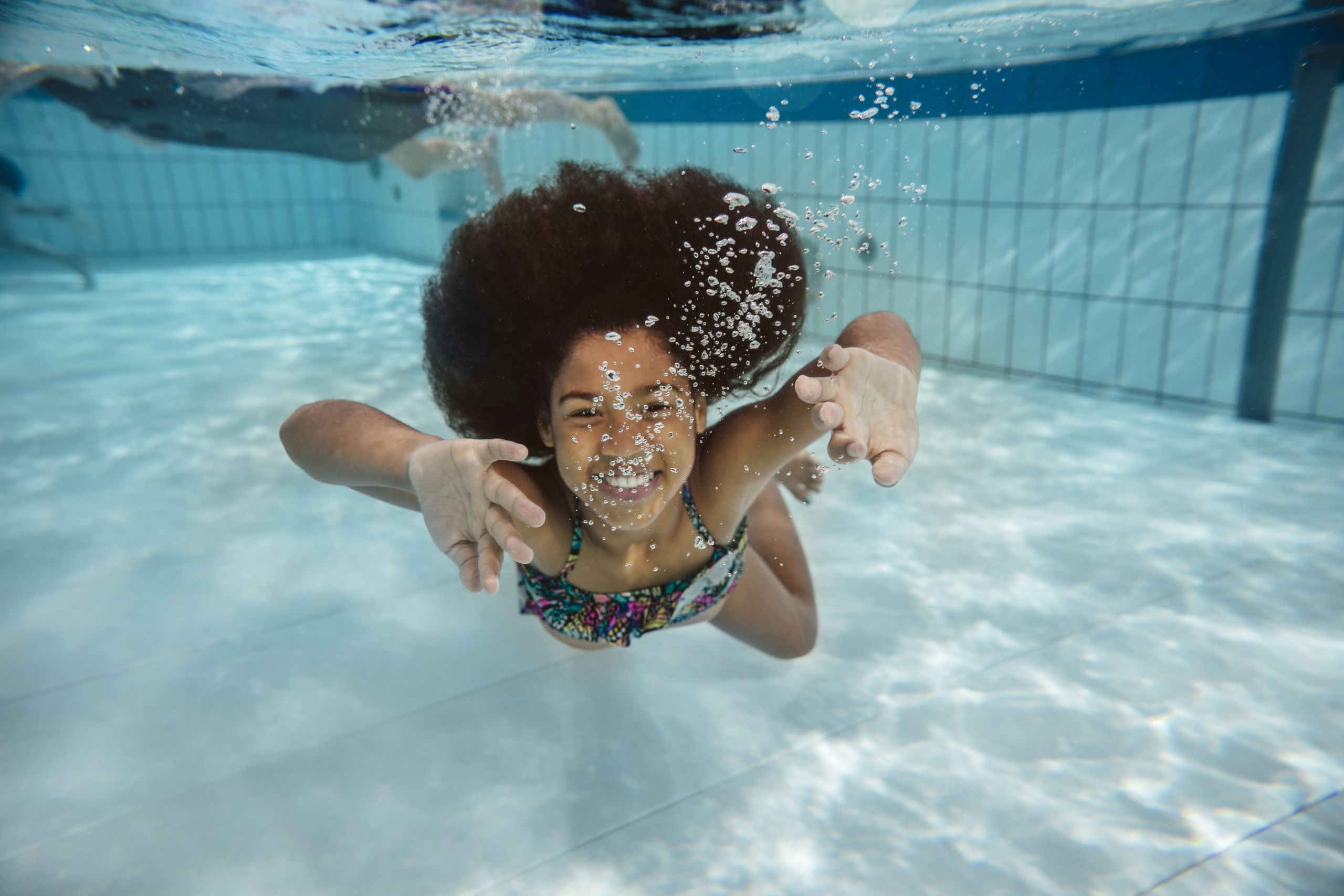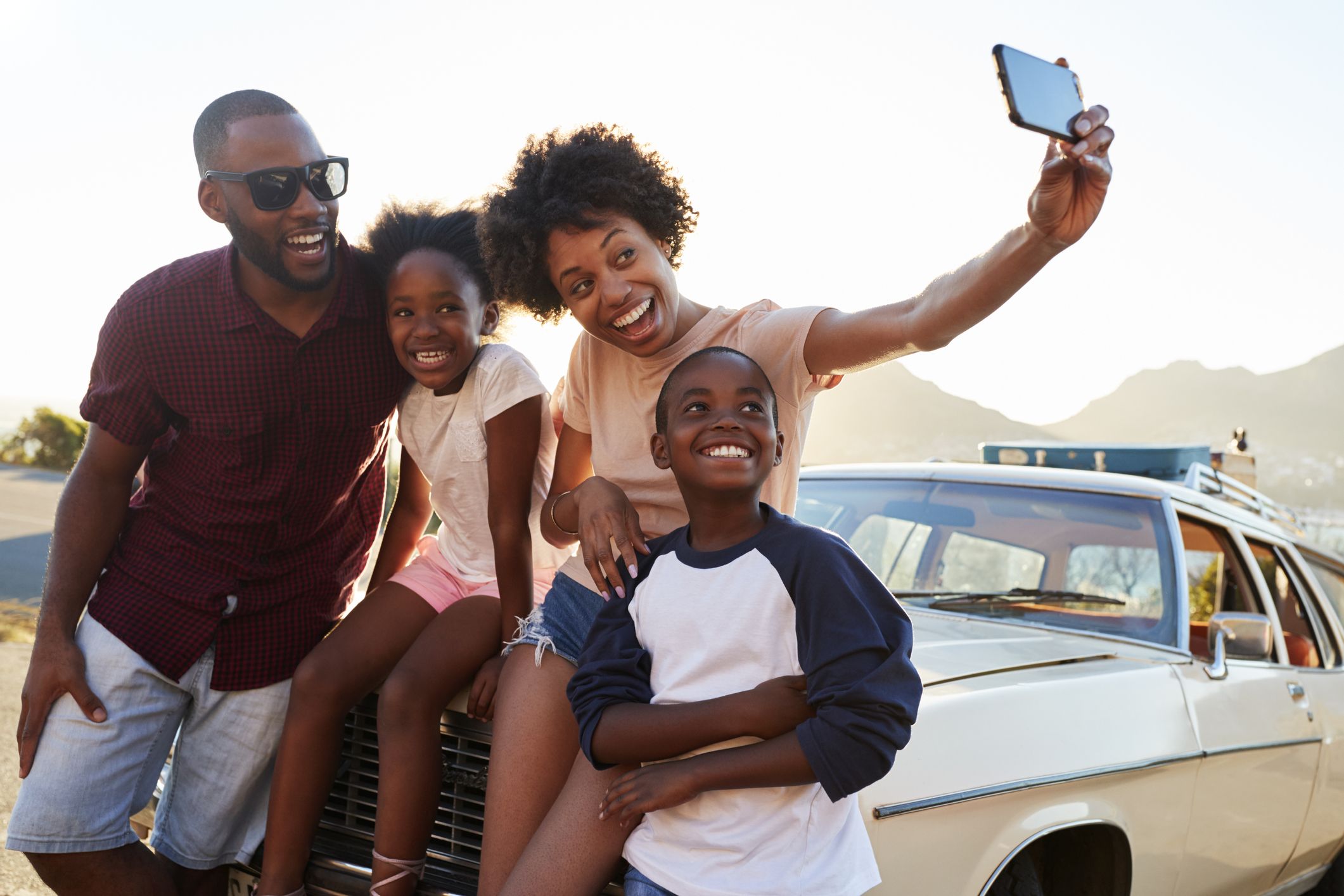Keeping up with your growing baby: A childproofing guide for parents

According to Childsafe South Africa, burns and falls account for about 17% of the leading causes of death and injuries in younger children. And given that a majority of these incidents occur in and around the home, ensuring that your home is properly childproofed is a must.
“From about nine months, a baby’s motor skills are more developed; they also have more control and movement of their bodies,” explains Parenting and Pampers Institute Expert, Sister Yolanda Mpilo.
“They can balance themselves when in a sitting position and move themselves to crawl without losing balance. They can stretch out to grasp an object within their reach.”
Before you know it, your baby will be moving at more speed and into more spaces. Even simple things like leaving a hot mug on the coffee table become a potential cause for a trip to the emergency room for your baby.
Sister Yolanda gives these simple, helpful, and life-saving, guidelines on how to ensure your baby’s environment is childproof:
Household
- Put protectors around corners and sharp edges such as tables, television etc.
- If your home has stairs, make sure to install a steady child safety gate, preferably at the top and bottom of the stairs
- Ensure that movable furniture, such as a television or bookshelf, are firmly fixed to the wall
- Garbage bins should be kept in a place where baby is not able to reach, e.g., in a cupboard with locks
- All doors should always be closed or locked, so that baby cannot push open while crawling
- Dishwasher, fridge, cupboards should have child-proof locks, with cleaning detergents/alcohol/vegetables and fruits, safely locked inside
- Turn pot handles toward the back of the stove
- Loose cloths such as curtains and tablecloths should be placed in such a way that baby will not be able to reach, or grab and tug. This includes chords from blinds
- Make sure the floor is clear of any loose objects that baby can pick up while crawling ,.e.g., loose coins, buttons
- If you have pets, make sure to put away their food and water bowls, toys, litter box and out of reach of the baby
- The same precautions should be applied to your outdoor area/garden

Water safety
- Never leave a child alone in a bathtub or in the care of another child
- Check water temperatures before putting your baby in the bathtub. Because babies want to explore and climb over things, they might jump into hot water
- Babies love exploring and playing in water. Every household with a swimming pool should have a fence and a self-closing gate.
Four ways to prevent drowning
- Adult supervision
- Fencing the pool
- Covering the pool
- Alarms (that should be used together with a fence and net)
Electronics
- Always unplug and put away your electronics after using, especially when within reach of your little one, e.g. phone charger, hair dryer
- Put covers on plugs that are located closer to the floor or within eye level of baby when they are crawling
- Loose cords for big electronics such a television, sound system etc., should be fastened in a plastic zip-tie
- Even if baby is not at that age where they can operate a cell phone, they may use it as toy or suck on it. Make sure to always keep it locked, and activate Parental Control. Also put it in a phone case and screen protector, to protect it from baby’s drools
Car
- In South Africa, it is illegal for a child under 3 years old to travel without being strapped in a car seat. Also ensure that the seat you get meets the SABS specifications, and follow the instructions supplied by the manufacturer on how to install the seat
- It is advisable that parents put their little ones in a rear-facing seat, until they are at least 24 months old. Should your car be involved in a high impact crash, the rear-facing seat will absorb the impact, protecting your little one’s neck and head. A child’s head takes up most of their overall weight, so if they are thrown forward in a crash, they risk sustaining serious (and fatal) injuries to their neck. The rear-facing seat offers the extra protection they need
- Secure all loose objects that are in the car. This is to ensure that no objects roll over while the car is in motion, to be within your child’s reach. Also, if the car comes to an abrupt stop, the object may collide with your baby and/or their car seat
- Also, consider a UV shield or protective film at the rear windows of your car, to protect baby from the sun.


So where is the safest space in your home for your baby to play?
A playpen, as it allows your baby play and crawl around freely under supervision. They can move about, without any worry of bumping into unsafe objects or obstructions. However, it is also important to have your baby explore their surroundings outside the playpen. This is an opportunity for them to learn and develop – different textures (tiles, carpets, grass, sand), how to manoeuvre spaces (crawling between the couches and coffee tables), shapes, sounds and more.
“Also remember that accidents do happen, things will never be perfect, but parents can reduce the chances of risks. The more relaxed you are, the more chances you will get to enjoy seeing your little one grow into their independence”, concludes Yolanda.
Source: Parent24
Back to homepage.



